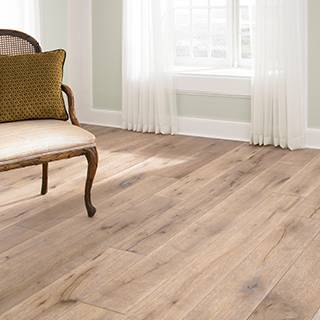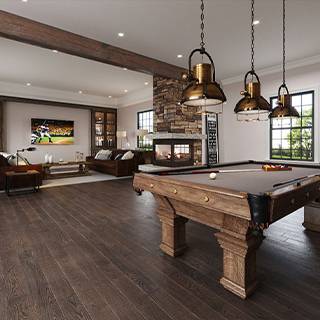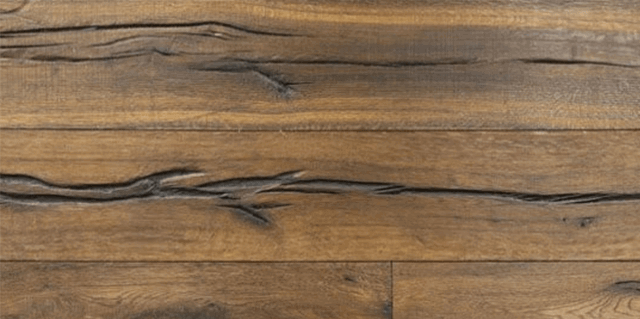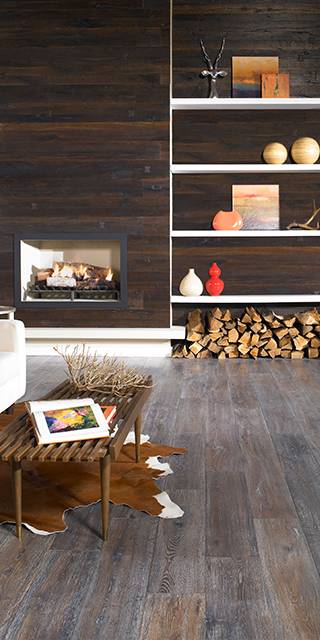5 Common Mistakes to Avoid When Cleaning Your Hardwood Floors
July 25, 2019When it comes to redecorating, one of the single most effective things you can do is update your flooring. Trading your old carpet for a beautiful hardwood floor can really add a splash of style to your space and instantly update the overall look and feel of your home.
But before you take the plunge and invest in hardwood flooring, it’s important that you understand the specific care requirements that come with them. Although timber flooring may seem like a low-maintenance option, a certain amount of TLC is required to keep it looking spick and span.
What’s more, you may have to throw out everything you know about cleaning too! It is all too common that those with wooden floors end up ruining them simply by cleaning them incorrectly.
While it may seem a daunting prospect to choose a flooring option that is a little temperamental, don’t reconsider just yet. All it takes is a little knowledge of how to clean your hardwood floors so you don’t make the mistake of inadvertently damaging your floors.

Here are five of the most common traps people fall into when cleaning their hardwood floors.
- Using An Incorrect Vacuum Attachment
Unfortunately, not all suction tools were created equal. In reality, some vacuum attachments can have adverse effects on hardwood floors. Over time, an incorrect vacuum head can scratch wooden surfaces and leave more pesky spaces for dust or dirt to hide, all in all, making them harder to clean. In this case, definitely steer clear of any attachments that contain rotating brushes or a beater bar with stiff bristles, as these heads are too abrasive for soft wooden materials and will cause damage.
Alternatively, you should opt for an attachment which has a soft brush or felt component with less resistance. You could also consider using a vacuum with a lighter or smaller canister as these machines aren’t as heavy and are less likely to create dents or marks.
- Mopping Wooden Floors As You Would Tiles
Wooden floorboards are porous, which means they absorb and hold moisture. So, it makes sense that using a wet mop to clean is a no-go when it comes to wooden flooring. The greatest risk you run into here is water seeping down into the floors and causing warping, movement, or swelling.

That said, you can still mop your floors, but it’s best to avoid mopping with a saturated brush. Instead, grab a mop that’s basically dry, or only slightly damp, to maintain that polished look. Your wood floors will thank you later!
- Using Common Household Cleaners
Vinegar and ammonia-based cleaners are highly renowned in the household cleaning world, as they are known to be both cost-effective and versatile. However, using such products on hardwood floors is an absolute faux pas. While these products, will without a doubt eliminate debris or stains, they will also damage the wood’s finish by slowly eating away at the surface.
Not only this, you should also avoid natural cleaning agents like baking soda and abrasive bottled sprays, as these cleaners will lessen the protective coating of your hardwood floors.
Opting for an oil-based cleaning product is your best bet. Oil-based cleaners are best for hardwood floors since they will not damage the wood’s appearance, prematurely age the wood, or diminish the protective surface.
If you’re unsure what cleaner to use, you should contact your flooring manufacturer who will be able to advise you on the best care instructions for your product.

- Excessive Amounts of Water Left On The Floors
Water is the enemy of hardwood flooring. Although it is impossible to avoid small spills here and there, it is important to note that excessive amounts of water can cause the wood to buckle. Not only this, exotic hardwood styles like Brazilian Cherry, Jarrah or Merbau could develop discolored patches as a result of water.
- Neglecting Regular Hardwood Maintenance
After your hardwood floors are installed, you’re home free, right? Unfortunately, no! Wooden floors need long-term care to ensure they continue to look good as new. Most people don’t realize this, but sweeping regularly can not only eliminate dust but also extend the lifespan of the wood.
Also, if you begin to notice scratches here and there, it’s best to repair these floorboards as soon as you can. The sooner you attend to little problem areas, the easier the repair job will be; it’s the difference between buffing out a spot and sanding the entire board down to refinish. To this end, think about caring for your hardwood floors like you do lawn maintenance: regular mowing takes considerably less time, energy and money than tending to an overgrown jungle of weeds!






